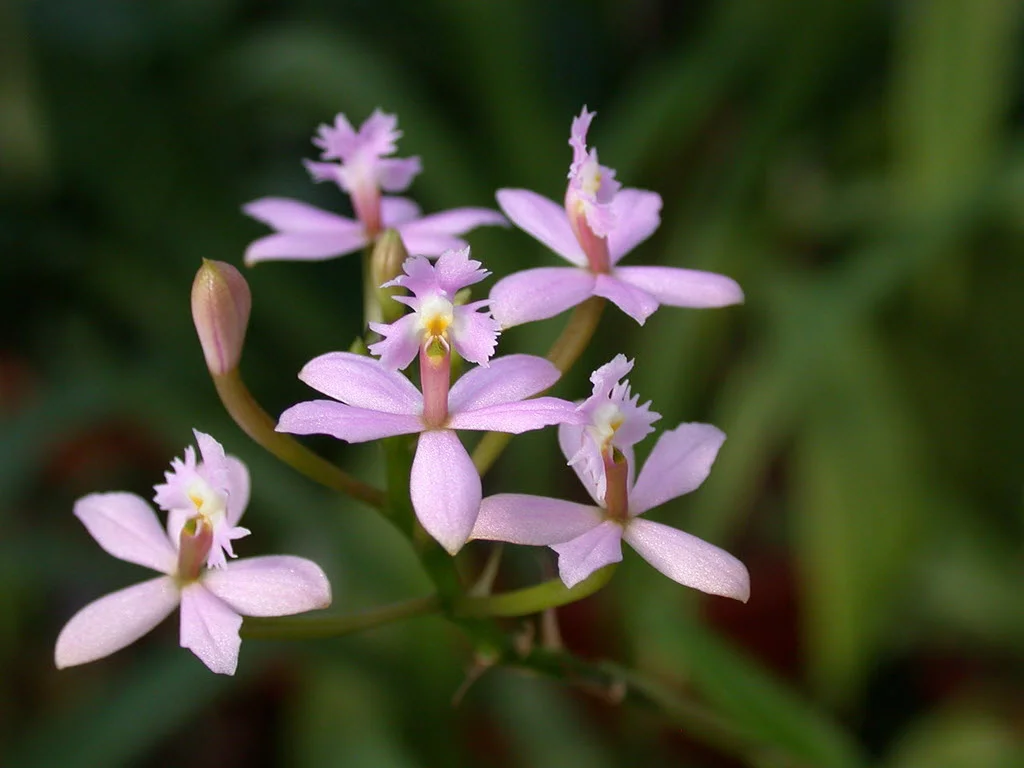Table of Contents
Pronunciation: on-SID-ee-um
Other Names: Dancing Lady Orchid
Introduction
Oncidium orchids are usually called “Dancing Lady Orchids” due to their flashy lip that resembles a flowing dress.
Oncidesa Gower Ramsey
They have big sprays of flowers showcasing a lot of attractive blooms and come in different varieties of colors, sizes, fragrances, and patterns. There’s even one hybrid — the Sharry Baby — that has been nicknamed 'the chocolate orchid' because its bloom produces a cocoa scent.
The Sharry Baby orchid smells like cocoa
The blooming season of Oncidiums vary by type. Some blossom during the fall and others might even bloom a few times each year.
Different types of Oncidium orchids require different types of care, but nearly all of them grow very well indoors in normal conditions.
Temperature
Oncidiums are ideal for daytime temperatures ranging from 70°F to 80°F (21.1°C to 26.6°C) and night temperatures from 55°F and 60°F (12.8°C to 15.6°C). These orchids can even survive up to 95°F (35°C) but would just need additional watering frequency so they won’t dry out completely.
A 15-20 degree difference between day and nighttime is ideal, and make sure to protect your plant from extreme temperatures to avoid damage and bud blast.
Light
Oncidiums require medium light intensity for them to bloom and thrive. You will know that your orchids are receiving optimal light when their leaves turn light green in color. With too much light, the leaves will turn reddish green, and with too little light, the leaves will turn dark green. It’s best to place your Oncidium orchids indoors facing east on a windowsill.
Water and Humidity
Water Oncidiums in the morning with tepid water. This allows the orchid some time to dry before the cooler temperature sets in during the evening. The watering schedule may vary based on its variety. Those that have large roots require watering more frequently, whereas those with thinner roots require less frequent watering.
Oncidiums require humidity levels of 40-50% or even higher. It would be best to check the humidity level by using a humidity tray or placing a humidifier close. Always keep in mind that when you have high humidity levels, you need to maintain proper air movement. This will prevent orchid disease.
Feeding
Oncidiums must be regularly fertilized. Ideal frequency would be twice a month, especially during the active growth period of the orchid. When not in active growth, once a month would be sufficient. Always keep in mind that you should only fertilize your plant when your potting medium becomes damp. Don’t fertilize an orchid that is dry, because the roots will be severely damaged. Flush out excess fertilizer once a month in order to prevent damage to the leaves or roots.
Potting
These orchids requires repotting once a year, or once the potting medium starts to become soggy and fails to drain properly. It would be ideal to repot during springtime after their flowers have bloomed. Oncidiums with thin roots bloom best in pots that are plastic, and those with larger roots are best suited for clay pots.
Video
You'll be blown away by all the beautiful varieties of Oncidiums. Let's go with Wade on a tour of his greenhouse and listen to his fun narrative on each.
In case you want to see something about care instructions, here's one we thought was cool.
Oncidiums will surely brighten any garden space. See more vibrant orchid varieties in our comprehensive list of the different types of orchids.












